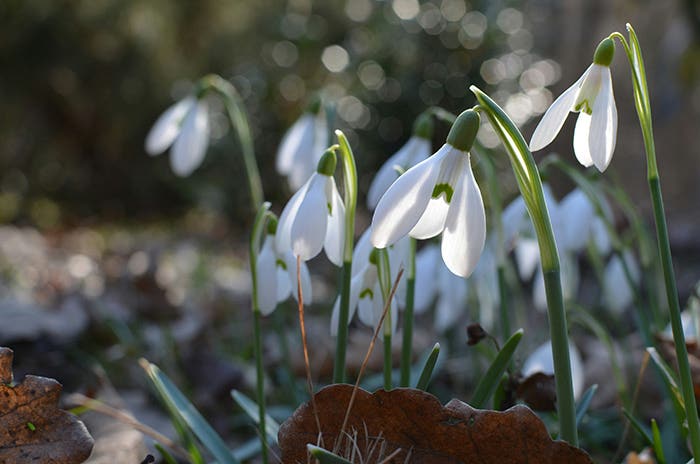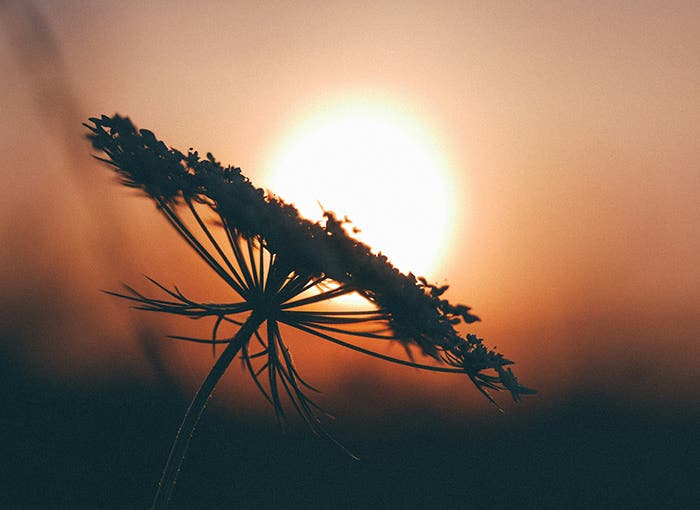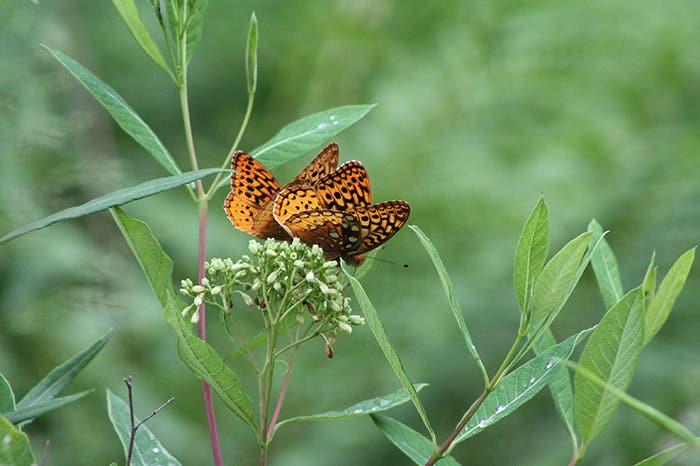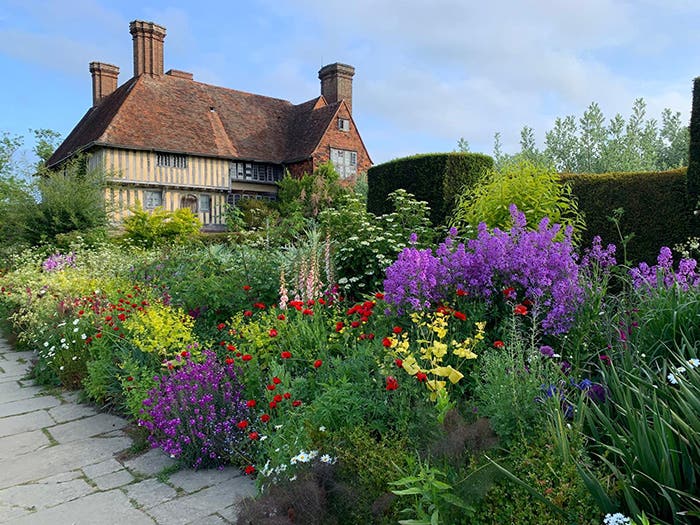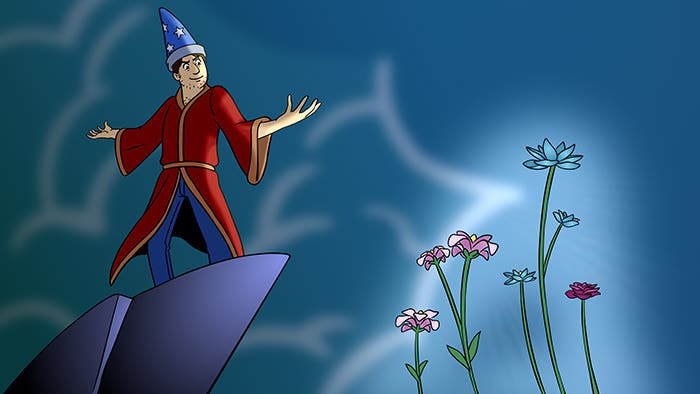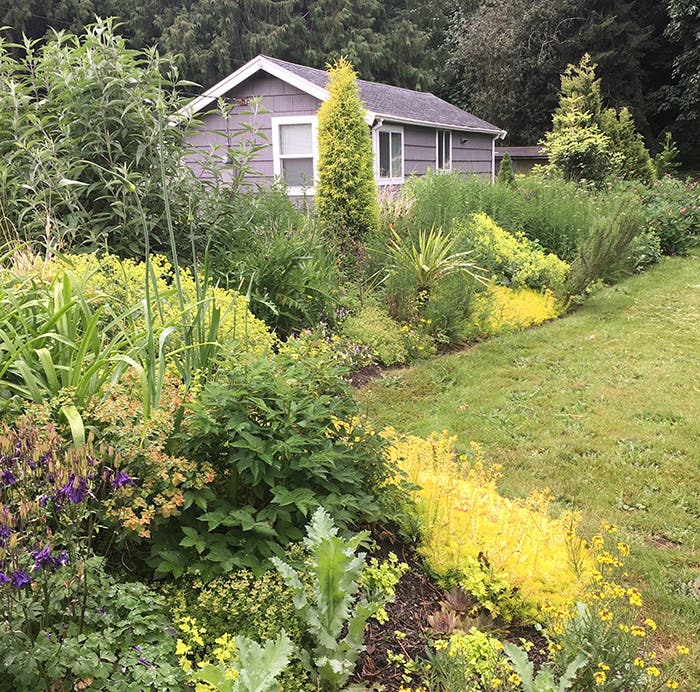How to Know When It’s Time for a Fresh Start in the Garden
Making a fresh start or coming full circle? When my son, Leo, left for college, I restored my backyard pond. Suddenly, I had the time to focus on landscaping. More than that, replacing the 20-year-old pond was a not-so-subtle way of expressing that in some respects I was back to where I’d been before the birth of my only child. Maybe it was both a fresh start and coming full circle.
Making a fresh start or coming full circle? When my son, Leo, left for college, I restored my backyard pond. Suddenly, I had the time to focus on landscaping. More than that, replacing the 20-year-old pond was a not-so-subtle way of expressing that in some respects I was back to where I’d been before the birth of my only child. Maybe it was both a fresh start and coming full circle.
A long time had passed since I’d taken a shovel to the middle of my flat yard and declared that here would be the water feature my new garden required. I was an ambitious and fearless gardener, but one on a budget.
Hardly bigger than a puddle, my pond nevertheless flourished with water lilies, parrot’s feather for oxygenation and 50-cent goldfish from Woolworth’s. Never mind that the pond seemed to have been plunked down in the center of the lawn, or that raccoons slashed the lily pads to shreds. I enjoyed my pond and so did the cats, who watched the fish without ever jumping in.
Babies aren’t as clever as cats, though. After Leo was born, I knew I had to come up with a protective solution before he started crawling, so I converted the pond into a sandbox. Soon Leo was dragging dump trucks across his new sandbox or, more accurately, sandpit.
I can’t remember when I realized he hadn’t been near his sandpit in months—that he had, in fact, outgrown it. Those were busy years. The entire garden looked neglected then, so at first I didn’t notice that the sand was dirty and compacted, the plastic sand toys, sun-bleached.
By the time Leo entered middle school, the eyesore in the backyard needed to be confronted.Since the area drained slowly, I began calling it the bog, even tucking bog plants into the muck. However, I began to dream of replacing the pond.
Time for a Fresh Start
When Leo left for college, I finally found time to do it, excavating mud, then sand, unburying a red shovel, reaching layers of newspaper dated 1995, finally peeling out the cracked liner.
Perhaps to prove to myself that I was still ambitious and a bit crazy, I decided to enlarge the pond. This time around, I watched instructional YouTube videos instead of checking out library books. In some ways I was coming full circle; in others, I was moving on. I wasn’t sure if I’d changed or if my choices reflected changes in society, but I wanted my revitalized pond to be as natural and as sustainable as possible. Rather than stock it with tropical lilies, I used hardier plants and natives for a raccoon-friendly pond. I decided to forgo fish, since they eat dragonfly eggs. To save water and link the pond more gracefully to the garden, I replaced the grass with a sand beach and curving gravel path.
It’s quiet out there now. Orange dragonflies perch on a half-submerged log, while blue damselflies skim the water. The garden is tidy, the only toy in sight the small red wagon I’ve turned into a planter. With Leo gone and the pond restored, I might be excused for feeling that I’m back where I started. Actually, though, this isn’t the case at all. The pond is back, but it’s a different pond. It’s better—and in many ways, so am I. •
Simone Martel is the author of The Expectant Gardener. Her essays and fiction have appeared in numerous journals. This essay originally appeared in Horticulture in 2013.


